LookUp 12: Discover, Collect, and Learn
A portfolio of LookUp's latest update, the design philosophy behind its redesign and key new features.
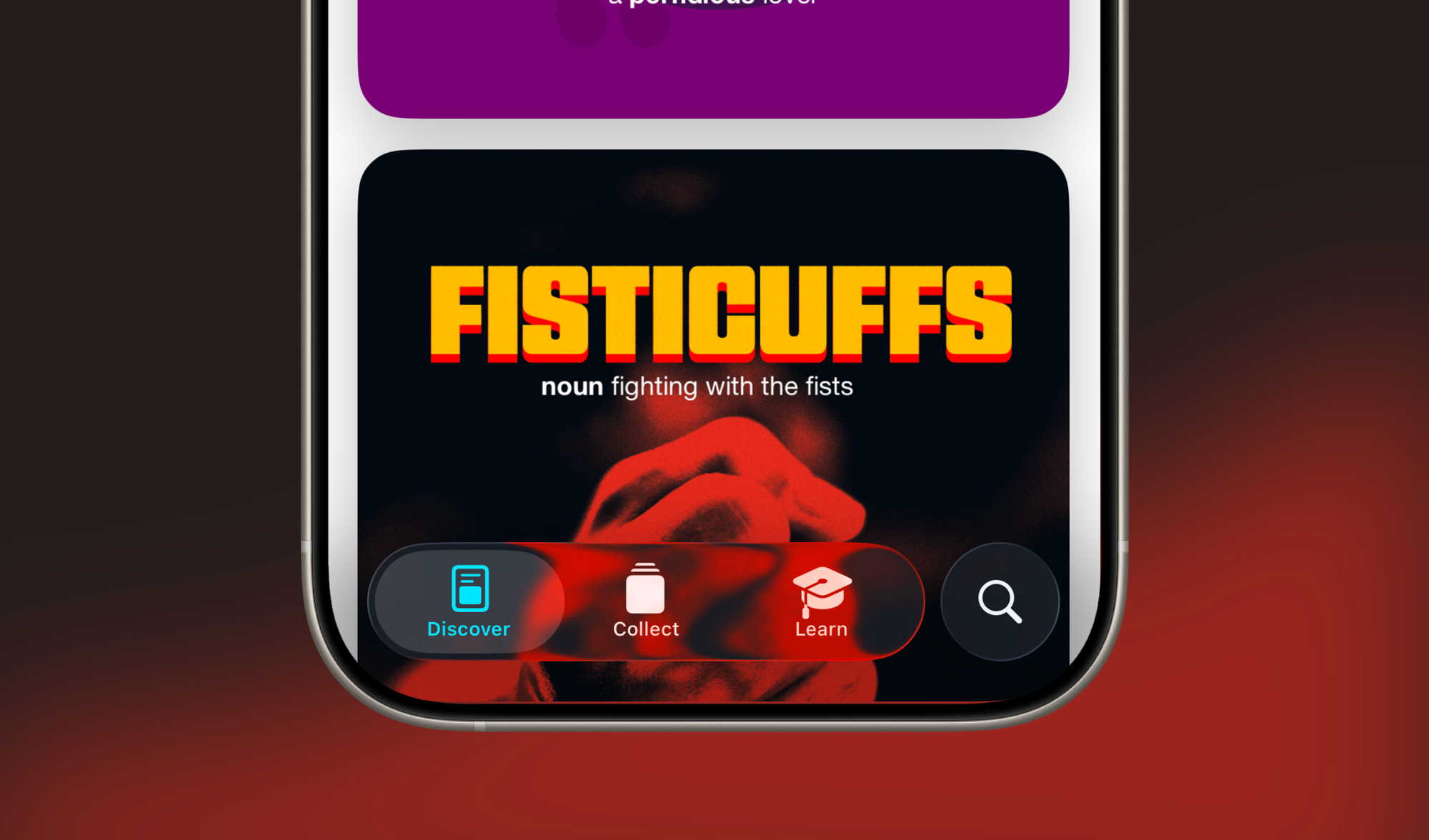
I've been working on redesigning and rebuilding LookUp from the ground up over the summer, and I just released the update this week to coincide with the launch of iOS 26; and just like every other year, this update too is a mix of Apple's announced technologies, often requested user feedback, and a step towards the direction I want to take the product in.
This year's update focuses on three key features: A complete redesign of the app, New Learning Modes, and Origin Maps. I will try to showcase all three of them in this portfolio of LookUp's changes.
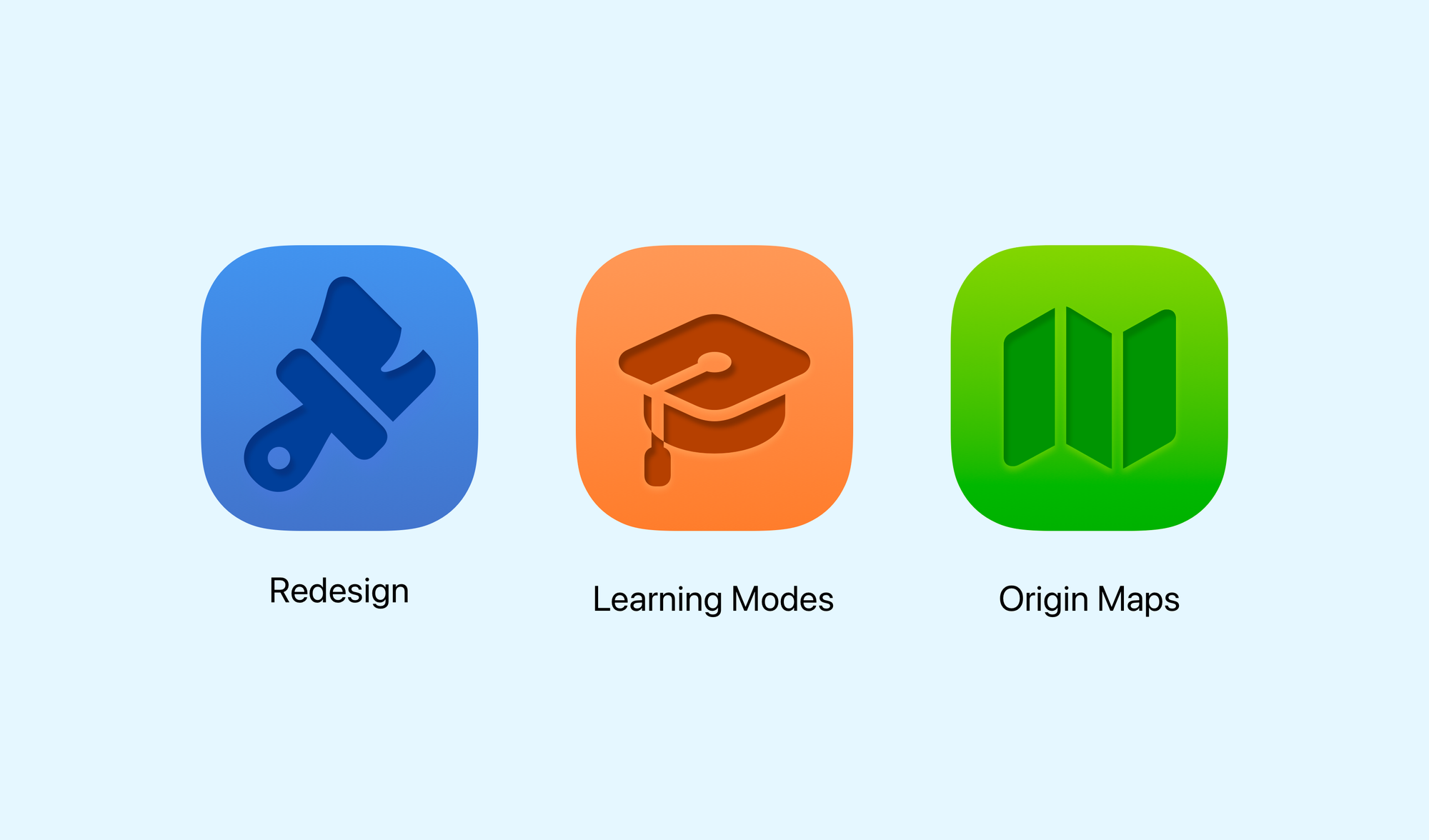
Redesign
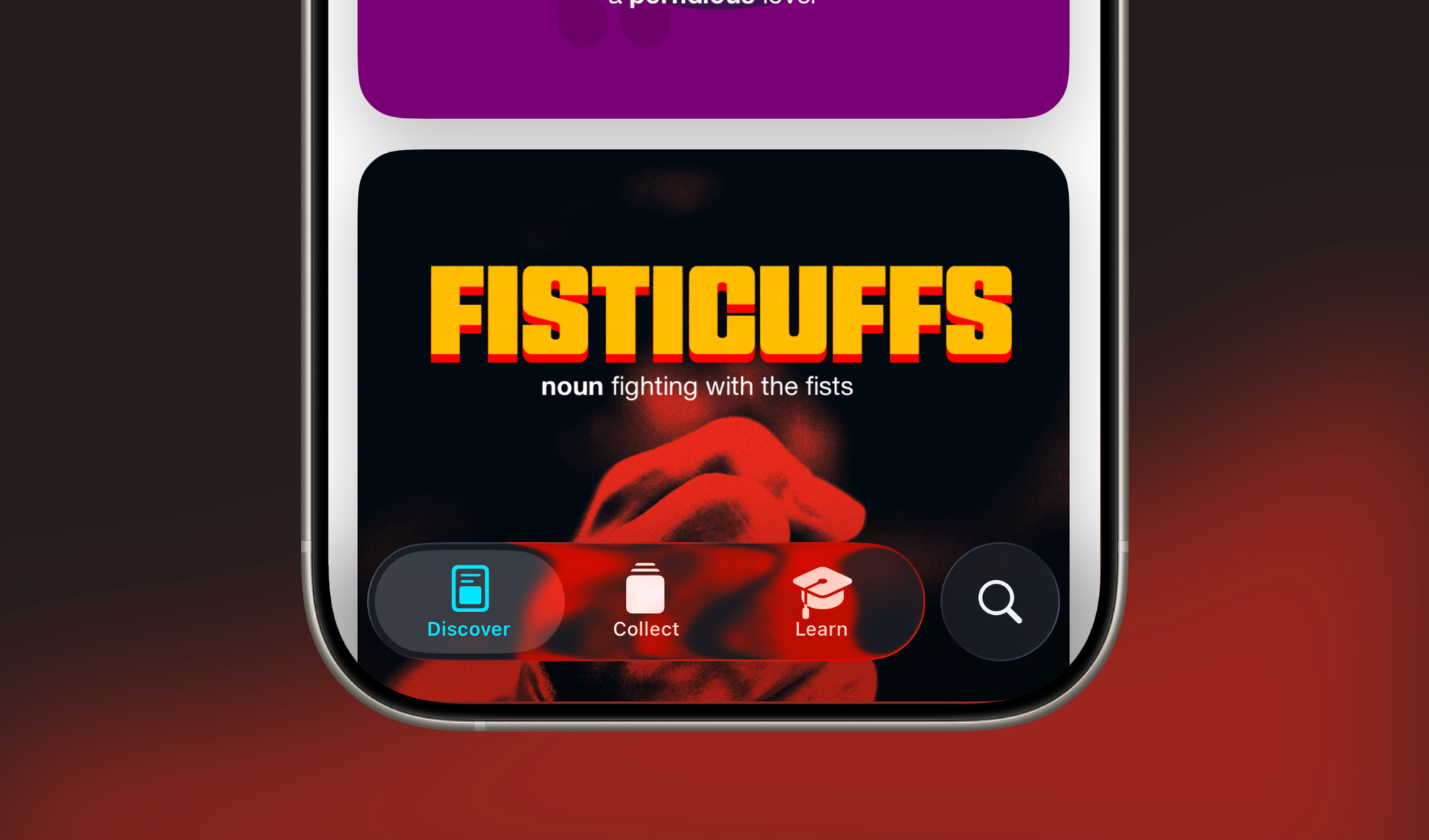

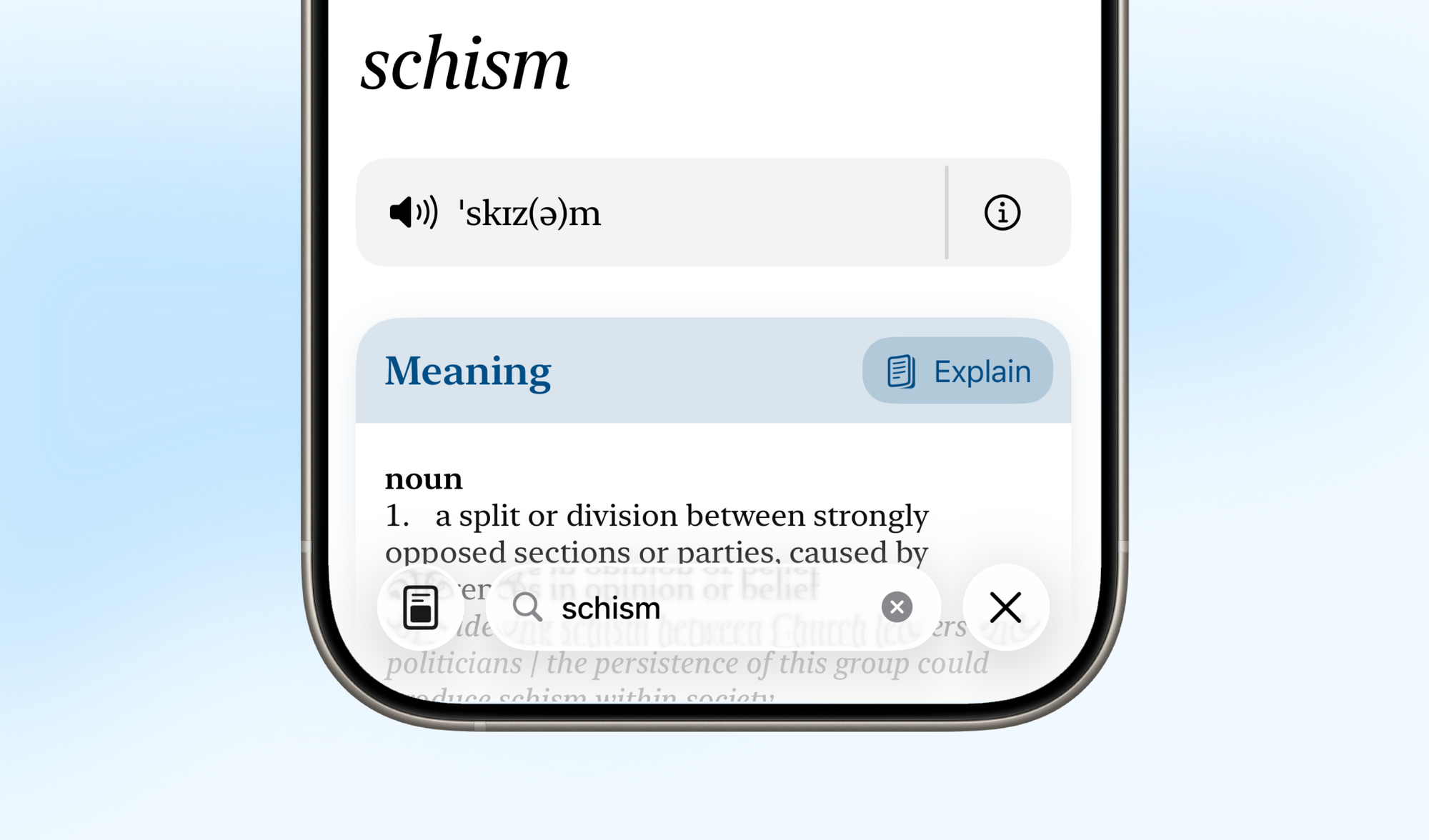
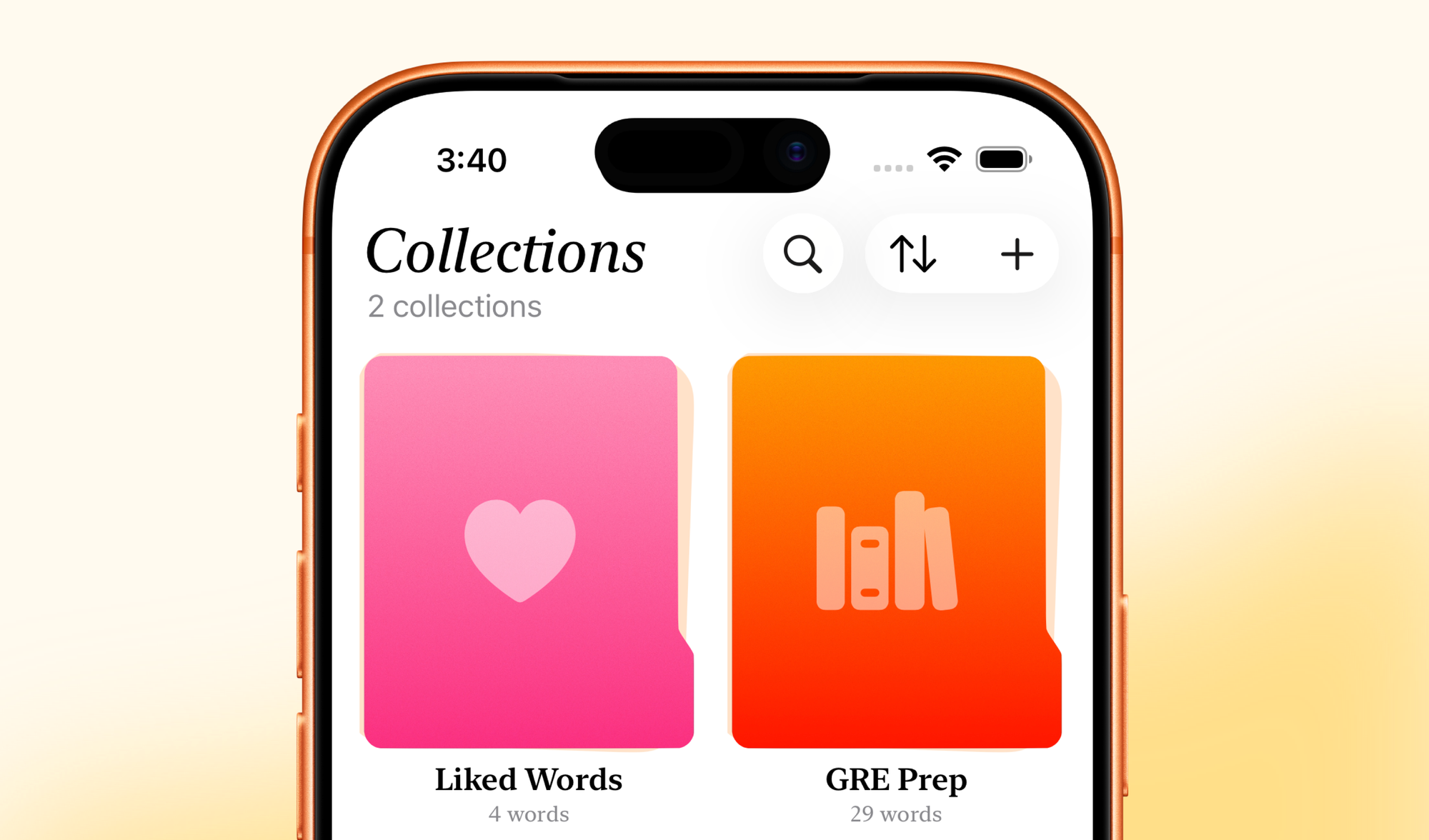
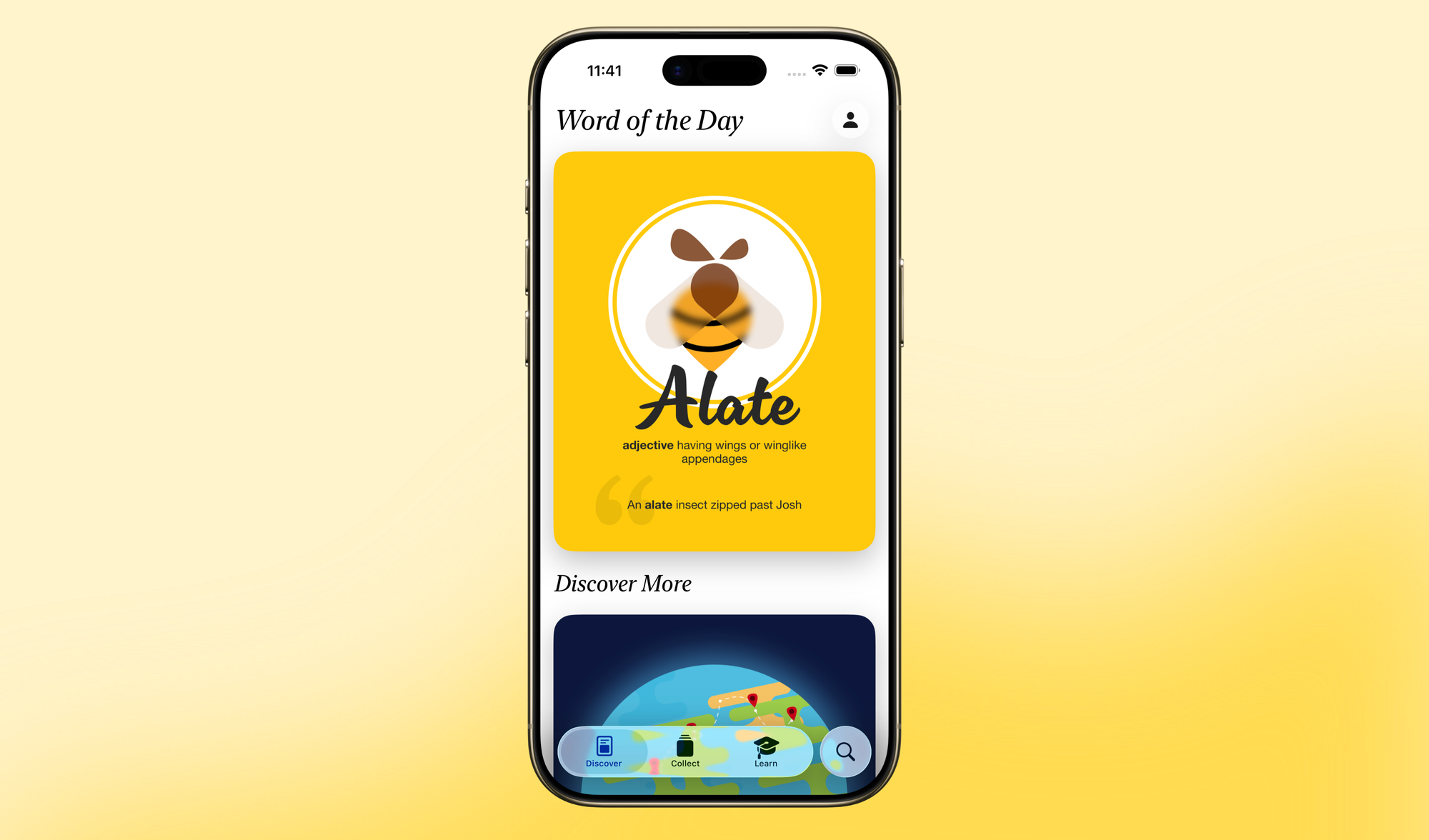
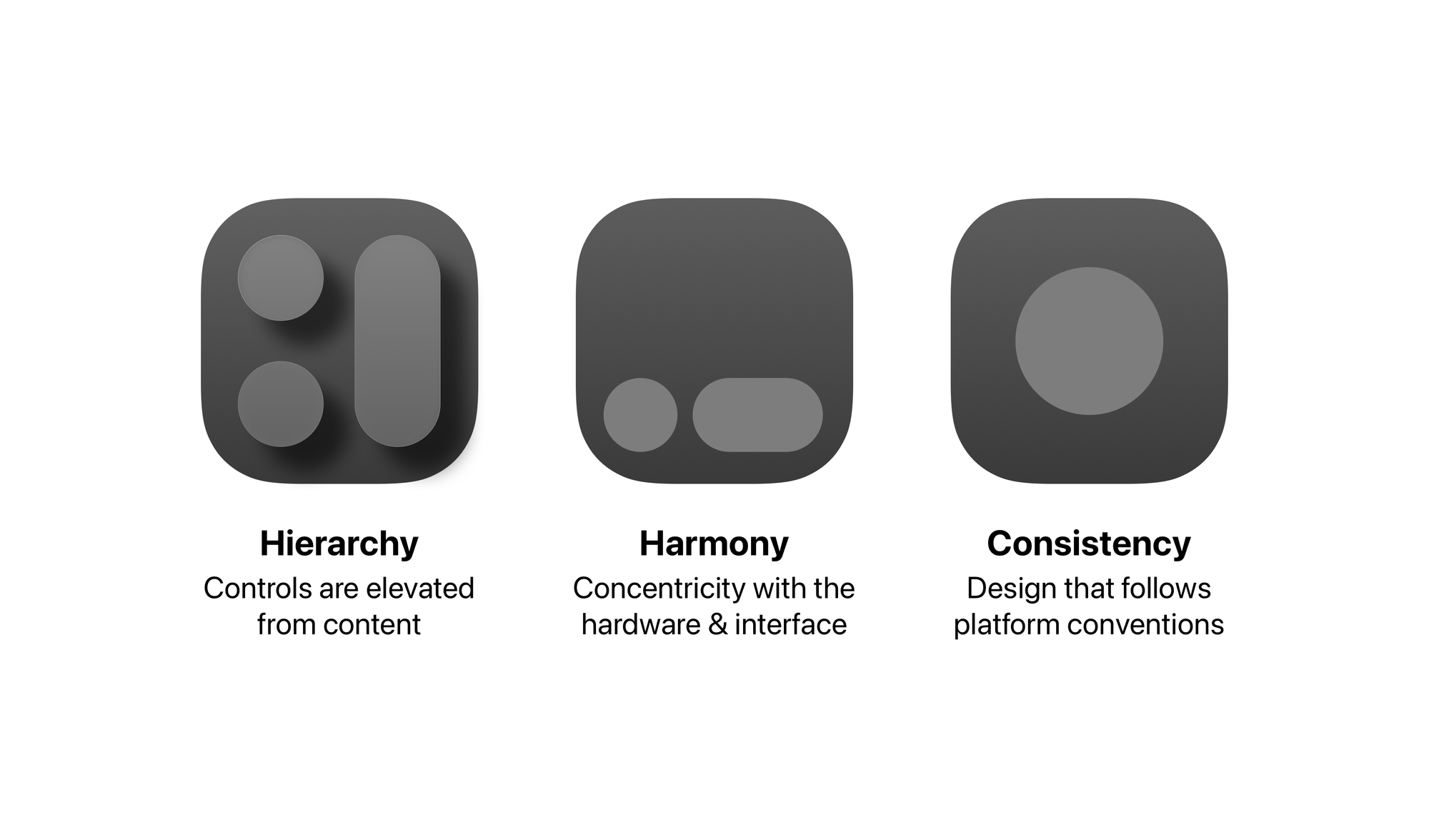
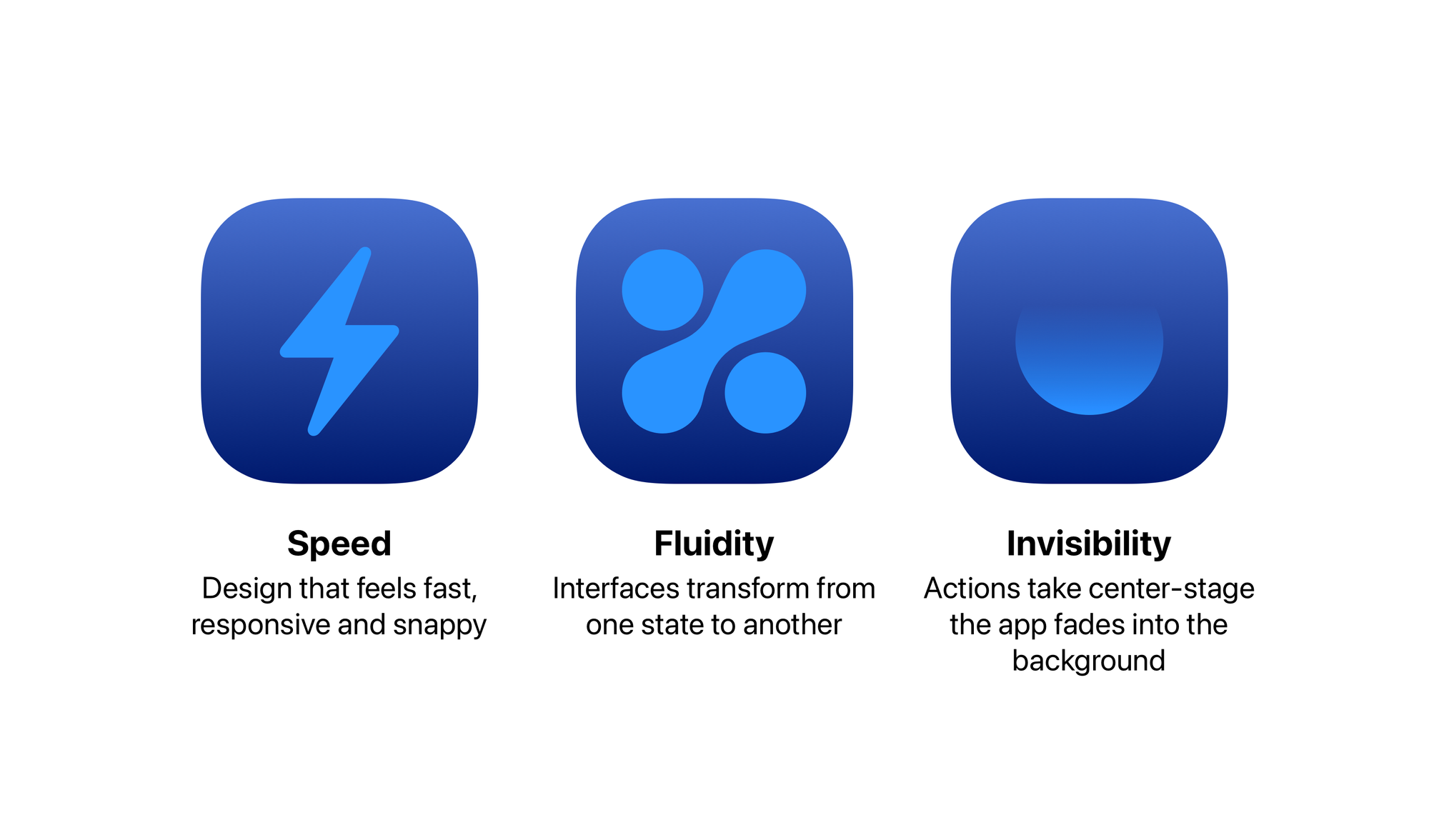
Anatomy of LookUp
The latest redesign for LookUp, simplifies the app into three key actions, i.e. Discovering new words, Collecting them, and Learning them. these actions mirror the entities responsible for each of these actions, i.e. words, a collection of words, and a learning box of a collection of words.
Discover
Language learners can discover new words either through the word of the day graphics or by searching for a word from the dictionary
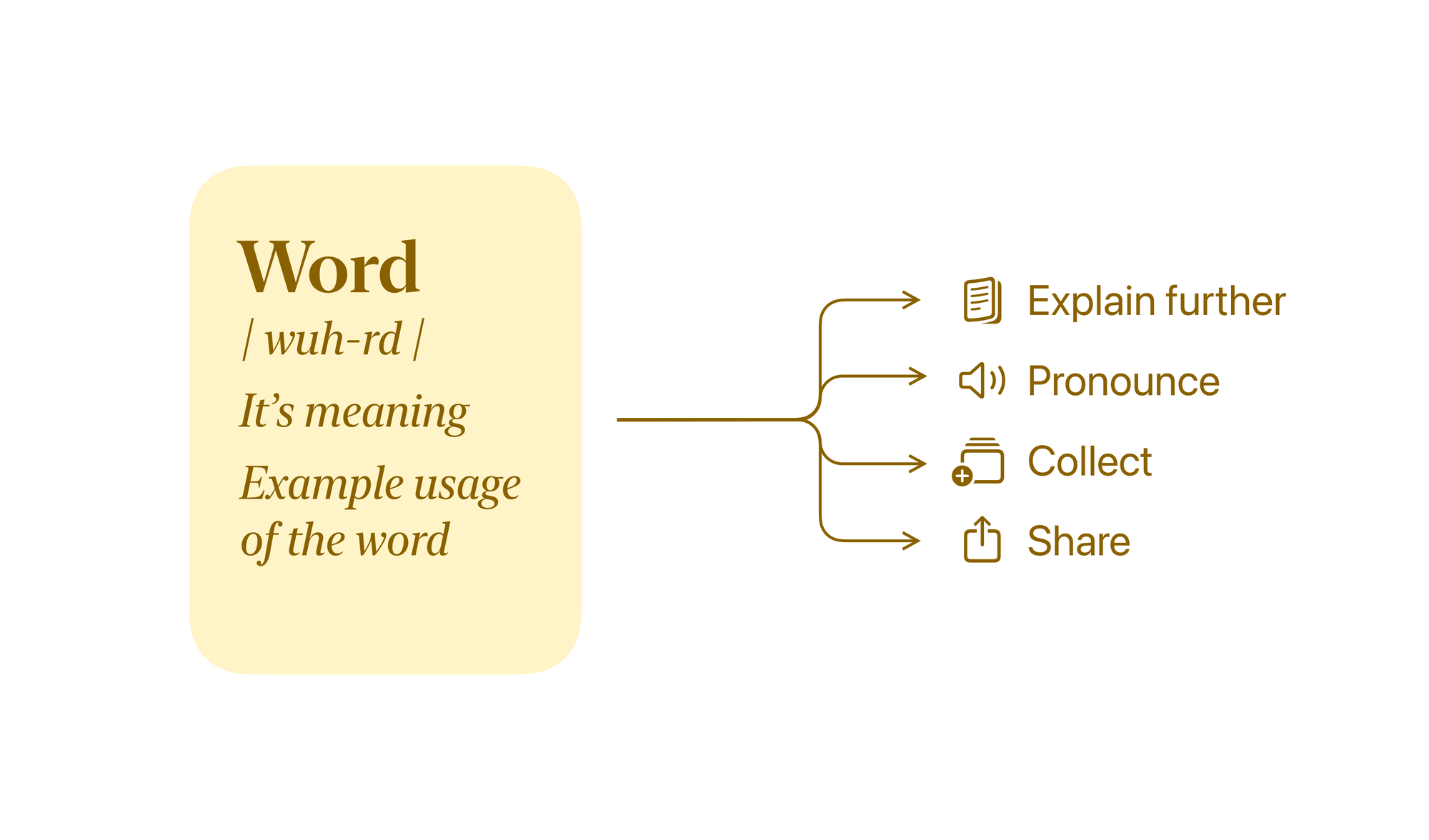
Collect
Learners can collect / cluster the words together in different collections
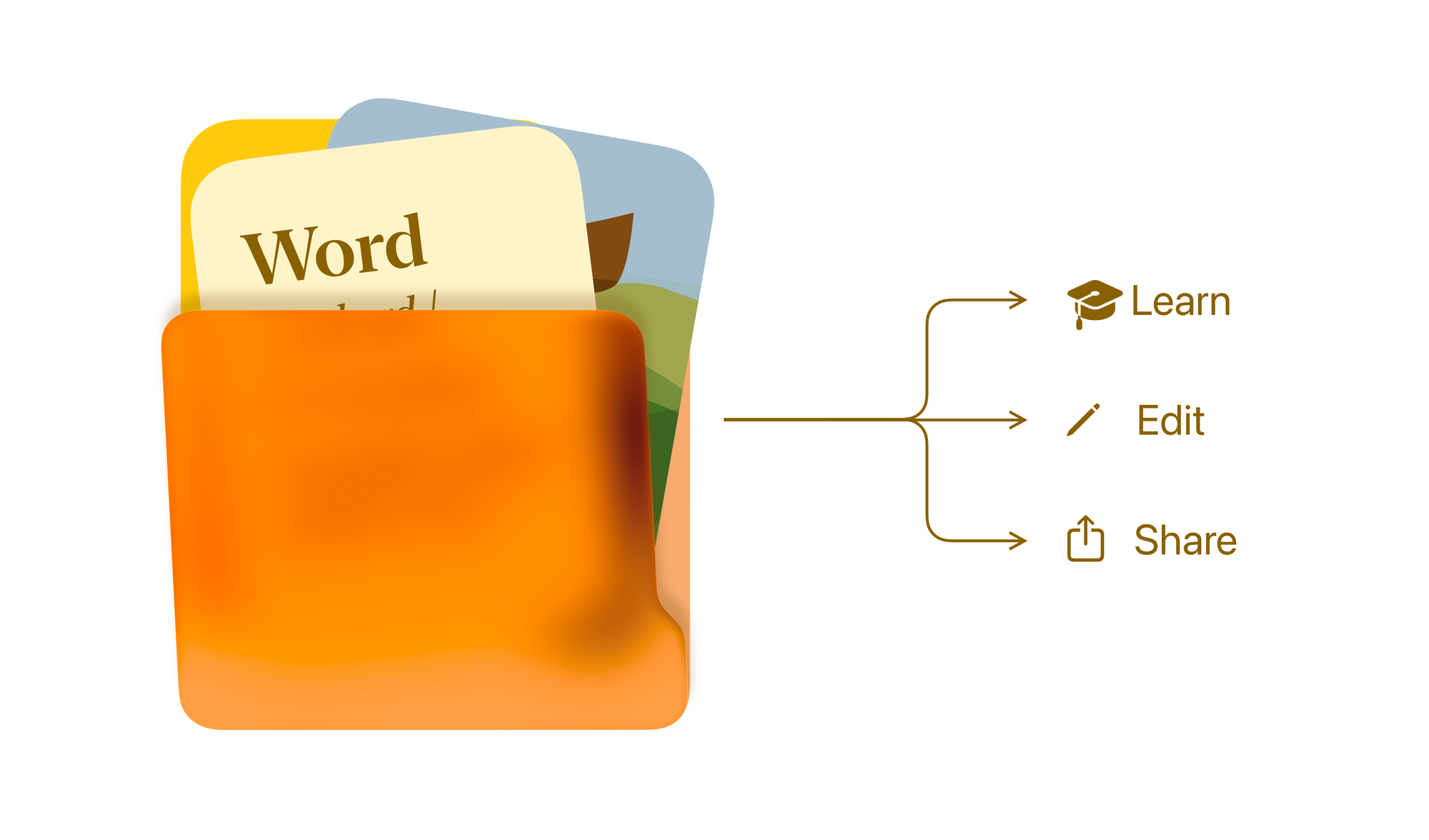
Learn
Once collected, learners can then start taking quizzes and learning the words.
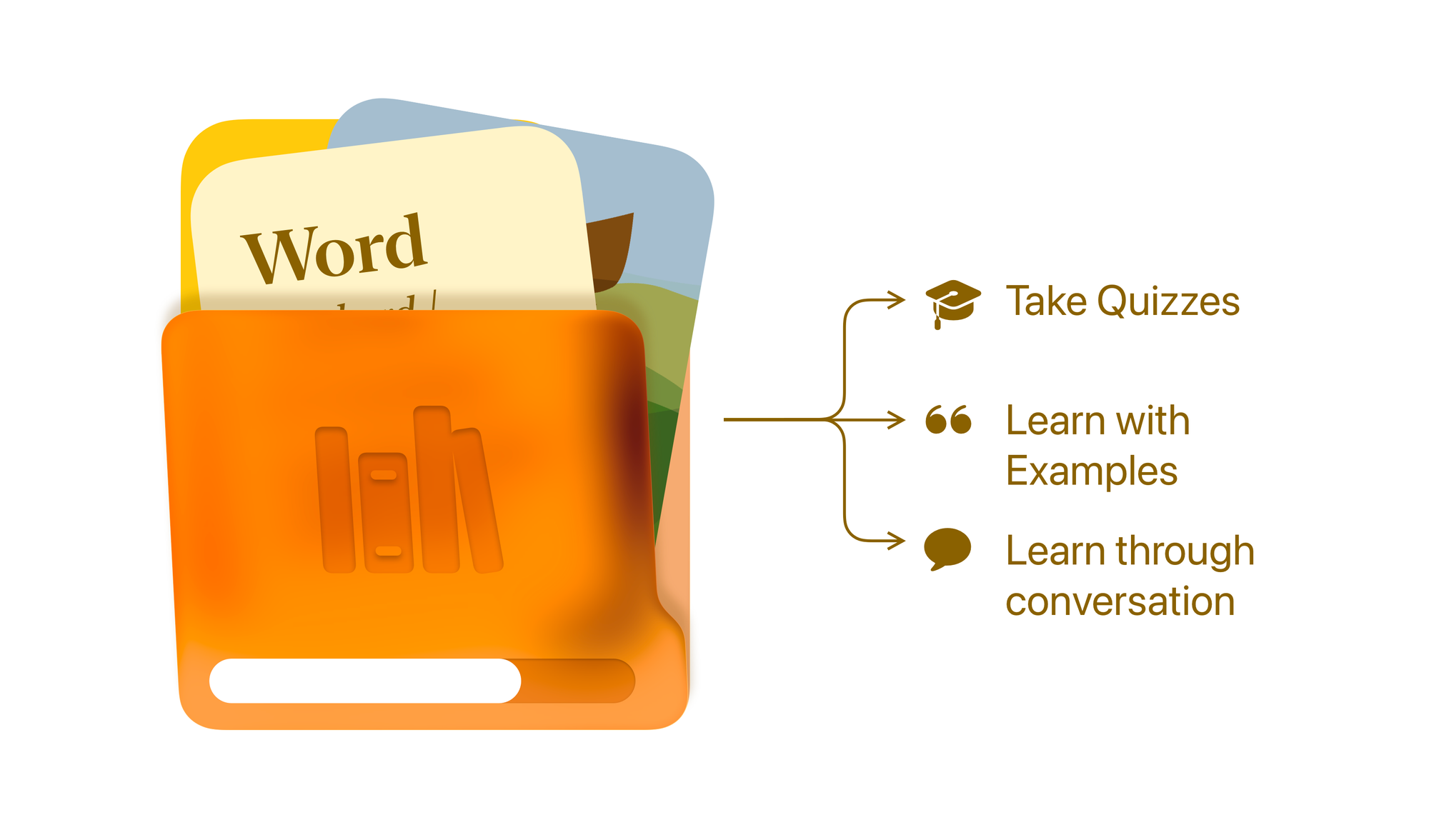
The simplified tab bar is a reflection of the key actions of the app
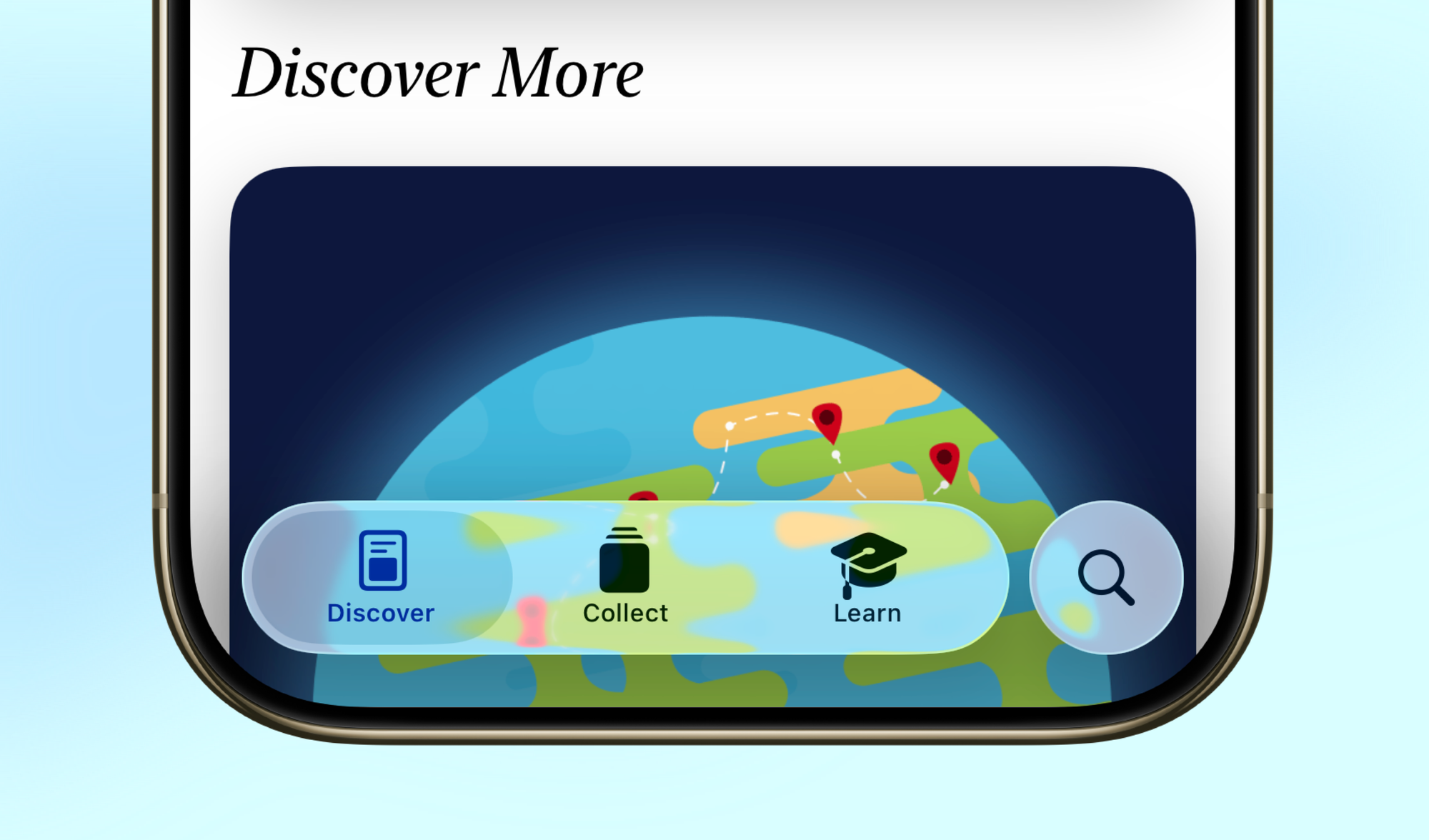
New Learning Modes
New learning modes people to learn more freely through through three new learning modes. People can now learn through Interactive Quizzes. Example sentences, Conversational Questions.
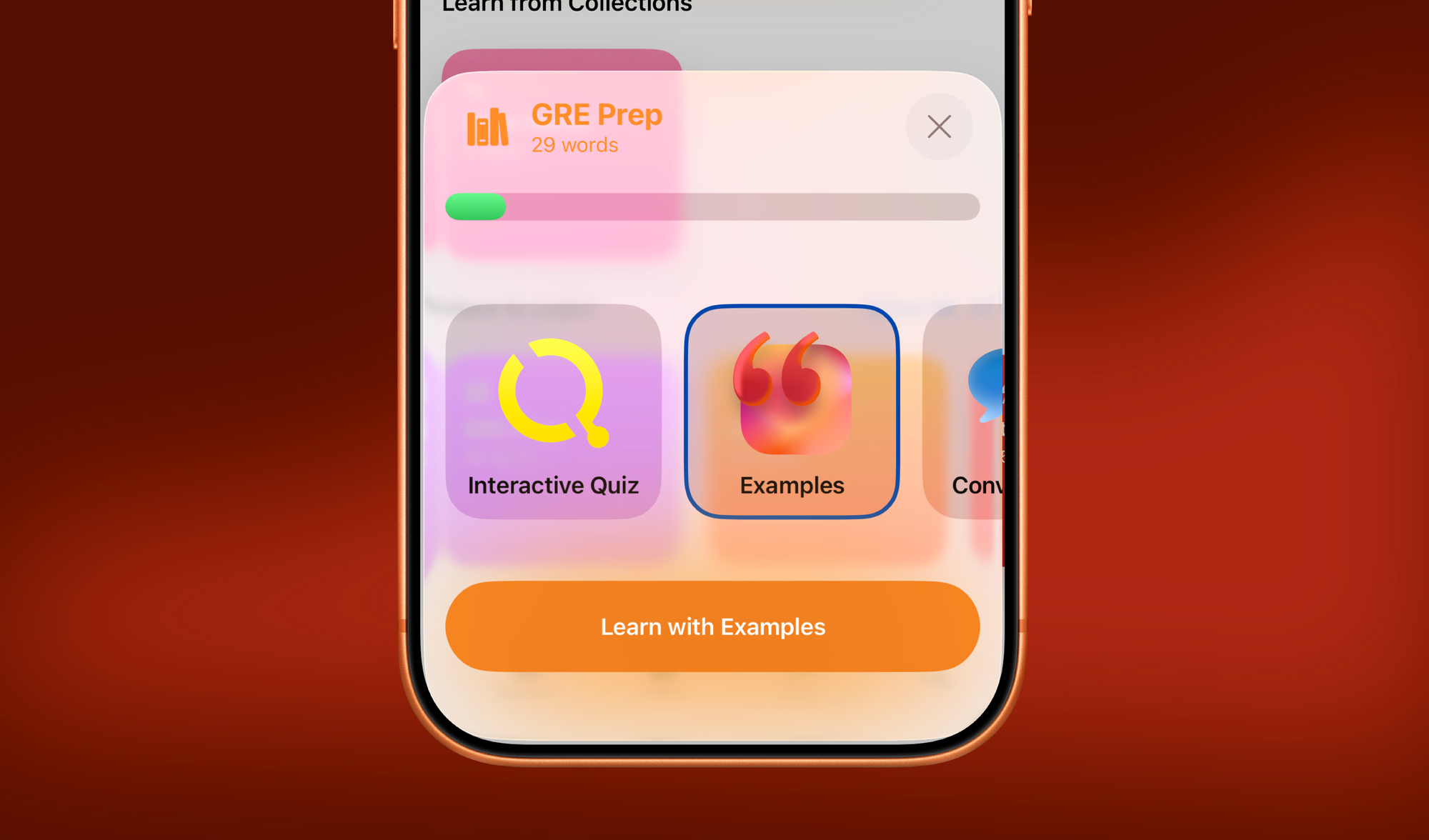
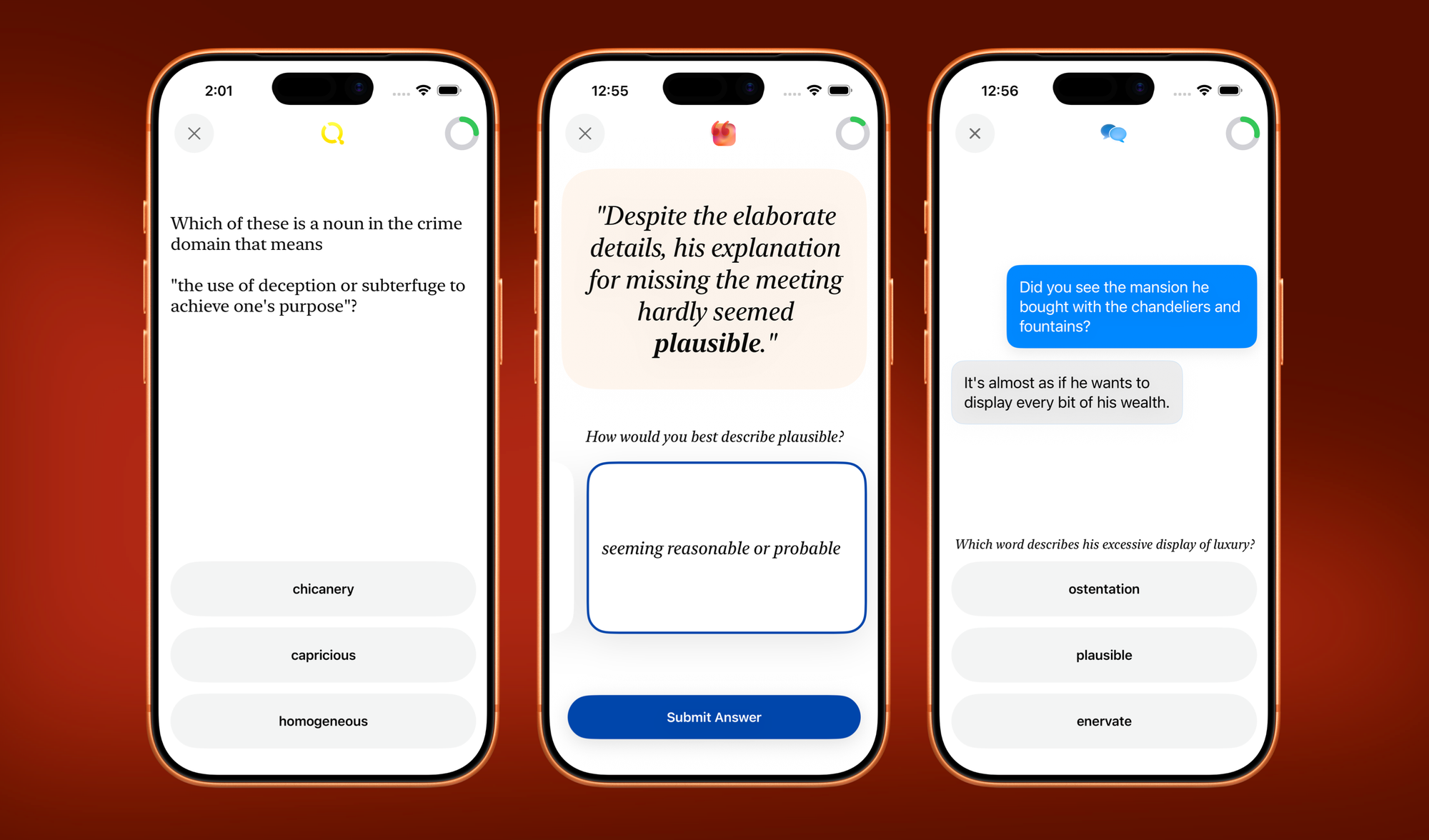
Example Sentences presents contextually relevant and learner friendly example usage of the word, and quizzes the user on the meaning of a particular word in the sentence. This is a helpful way to remember how to use a word.
Conversational Questions offer a snippet from a conversation between two people. Based on that conversation the user is then asked to comment on a word that best describes the scenario. These questions dig one layer deeper than just rote learning a word's meaning. They check true understanding of the word.
The Learn with Example Sentences and Conversational Questions feature use AI in thoughtful and meaningful ways, i.e. helping people learn words, but also responsibly using AI to only generate content it can reliably generate.
The learning logic still uses scientifically proven frameworks such as the spaced repetition technique to create a learning set for the learners.
Origin Maps
Origin Maps is a fun new way to understand a word’s origins, which helps people to understand the word’s origins by tracing where it came from.
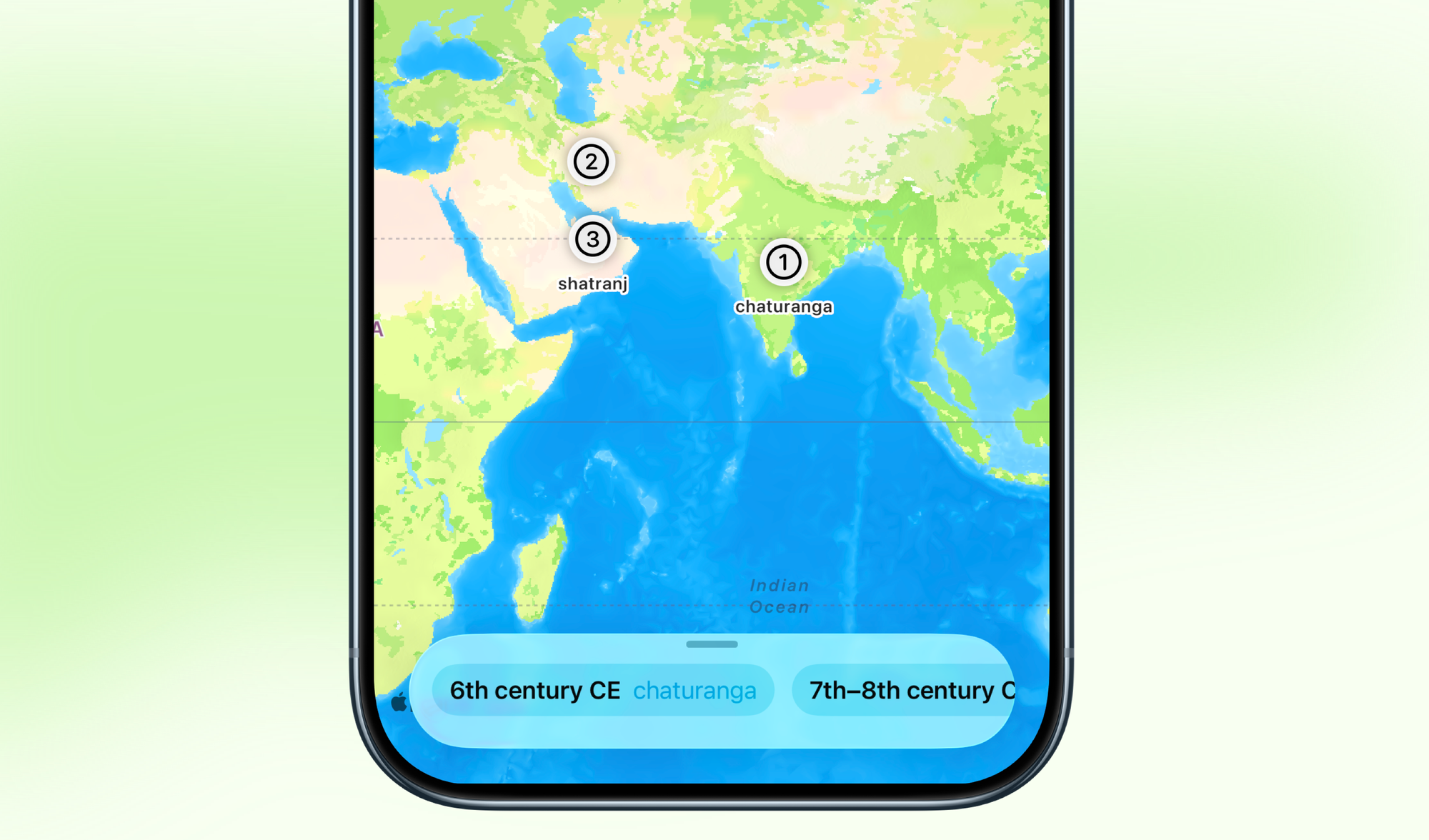
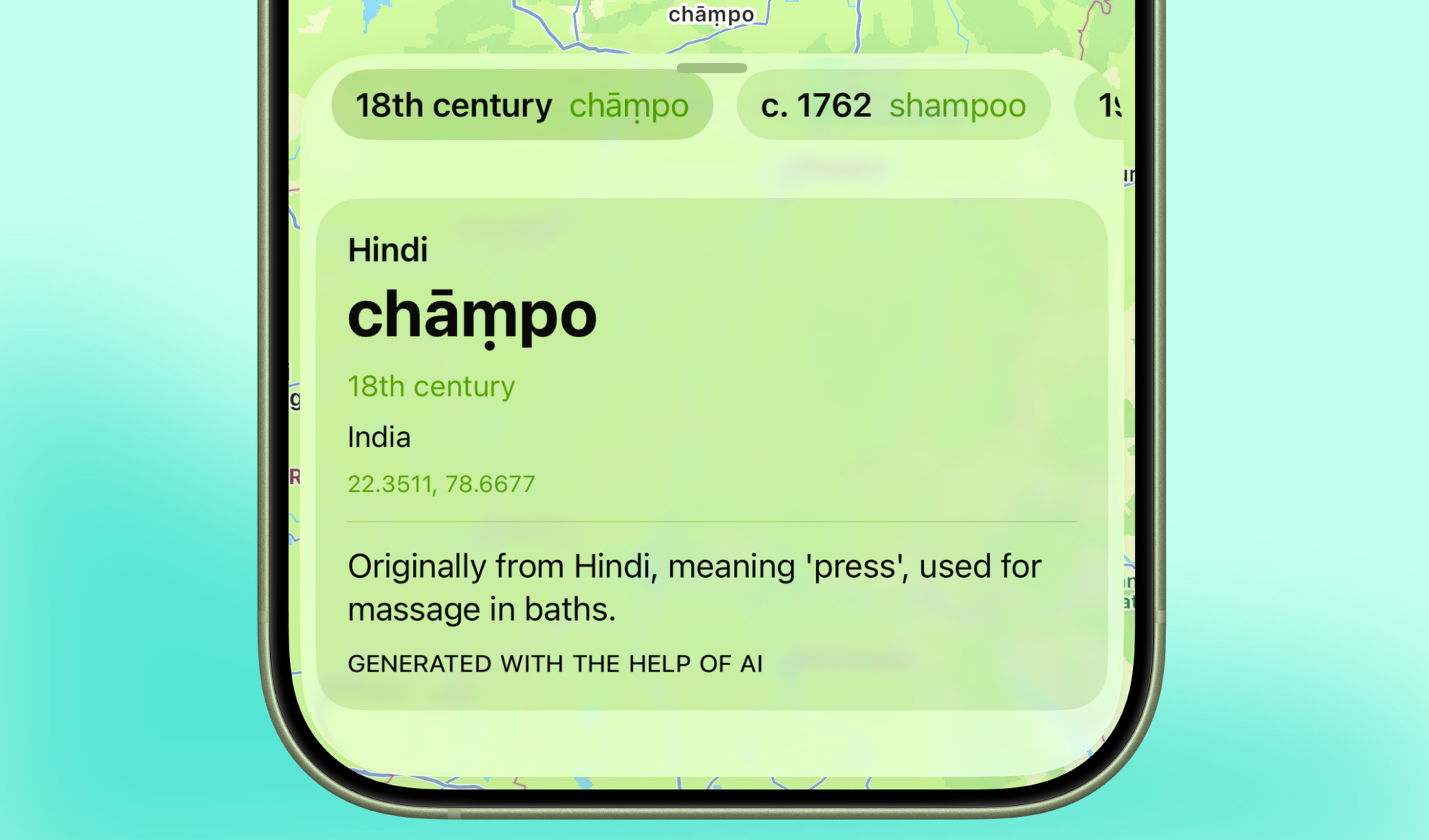
Origin maps are fun and informative in their own way. They help users understand a word's roots in a visual format. Also another cool use of the Foundation Models, transforming data from text to something entirely visual.
So this is LookUp 12, a major redesign for the app, that also includes meaningful updates that'll help language learners learn English in even more fun ways.
You can check the app out today on the App Store: https://apps.apple.com/in/app/lookup-english-dictionary/id872564448
